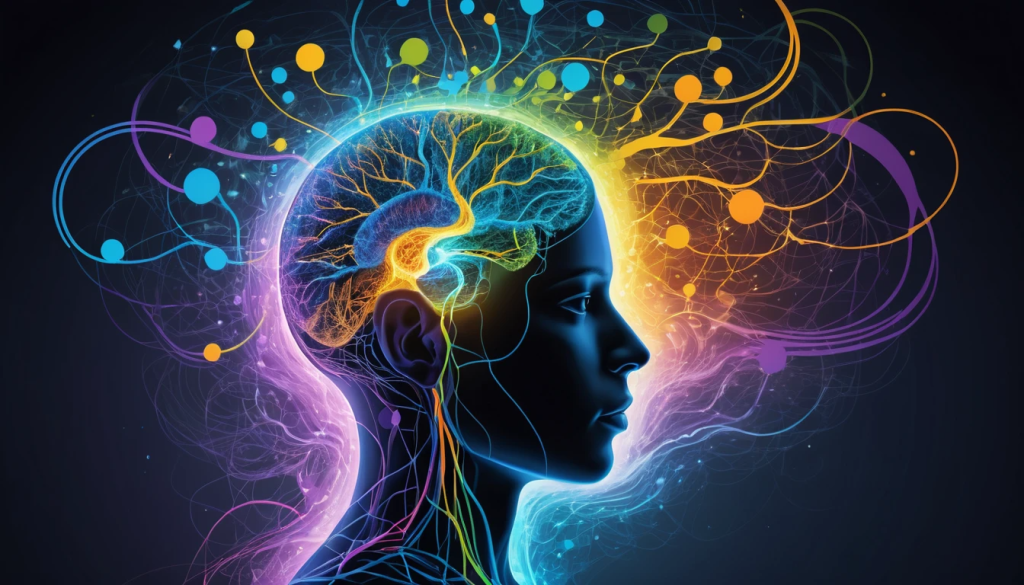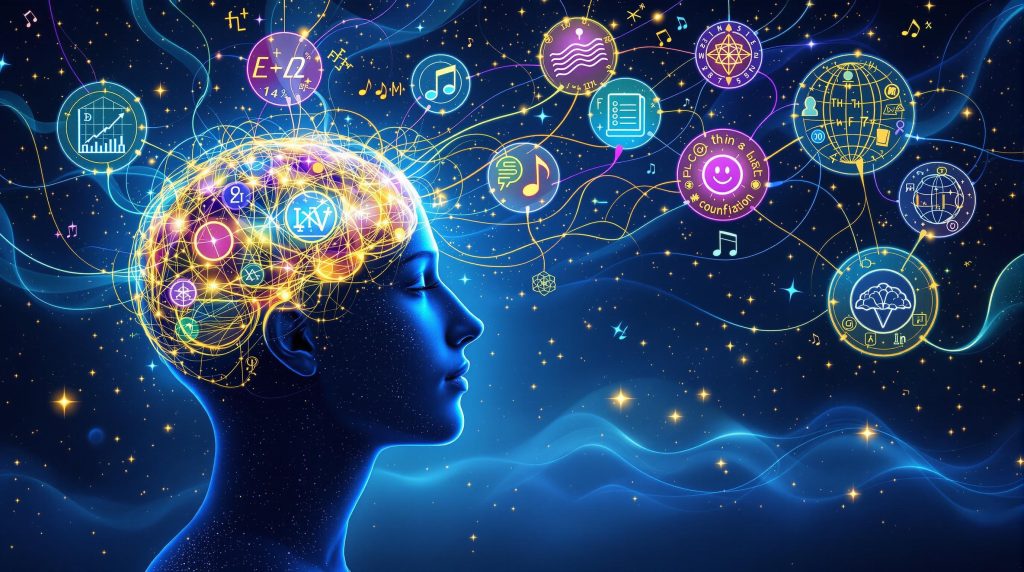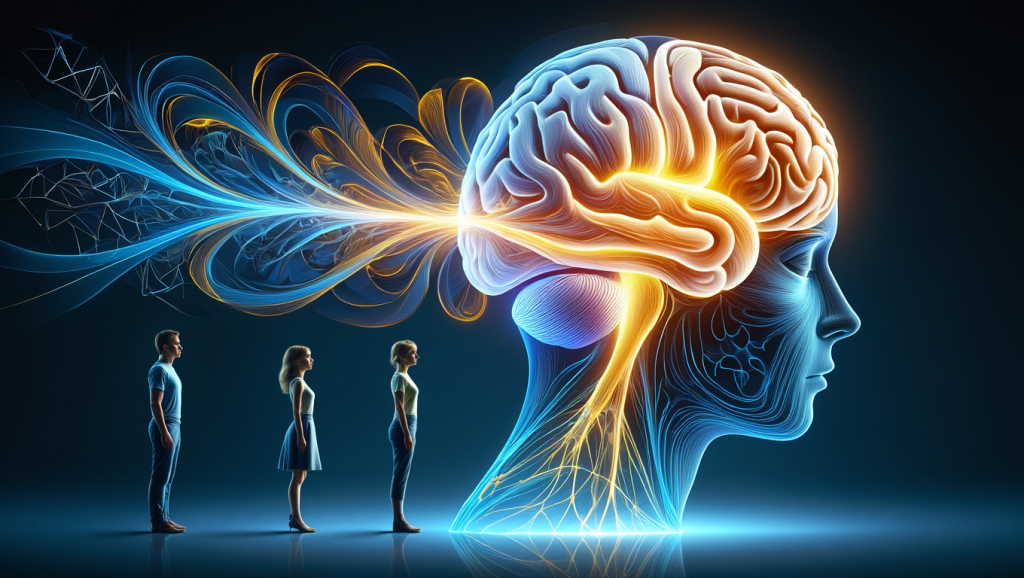In our fast-paced world, optimizing our mental state for different activities has become increasingly important. Whether you’re struggling with insomnia, finding it difficult to concentrate, seeking to unlock your creative potential, or managing anxiety, brain entrainment offers targeted solutions for these specific challenges. Let’s explore how this powerful technology can be tailored to help you achieve your unique goals.
What is Brain Entrainment?
Before diving into specific applications, let’s briefly recap what brain entrainment is. Brain entrainment (or “brainwave entrainment”) refers to the brain’s natural tendency to synchronize with external rhythmic stimuli—specifically, sound, light, or electromagnetic fields. When exposed to consistent rhythmic patterns, our brains naturally begin to match these frequencies, allowing us to intentionally shift into desired mental states.
The most common forms include:
- Isochronic tones: Regular, distinct pulses of a single tone
- Binaural beats: Two slightly different frequencies played in each ear
- Monaural beats: Two tones combined and played as one audible beat
Now, let’s explore how brain entrainment can be specifically targeted for different goals.
Brain Entrainment for Better Sleep
Insomnia and sleep disturbances affect millions of people worldwide. Brain entrainment offers an effective, non-pharmaceutical approach to improving sleep quality.
How It Works for Sleep
For sleep improvement, brain entrainment typically targets:
- Delta waves (0.5-4 Hz): Associated with deep, dreamless sleep
- Theta waves (4-8 Hz): Connected to REM sleep and the transition between wakefulness and sleep
Recommended Approach
- Begin with recordings that start at alpha frequencies (8-12 Hz) and gradually decrease to theta and finally delta
- Use 30-45 minutes before bedtime in a comfortable position
- Create a consistent bedtime ritual incorporating the entrainment
- Pair with sleep hygiene practices like reduced blue light exposure and a cool, dark room
Many users report falling asleep more quickly, experiencing fewer night wakings, and feeling more refreshed in the morning after regular use of delta-focused entrainment programs.
Brain Entrainment for Enhanced Focus
In an age of constant distractions, maintaining sustained attention can be challenging. Brain entrainment offers a solution for improved concentration and productivity.
How It Works for Focus
Focus-enhancing entrainment typically targets:
- Low Beta waves (12-15 Hz): Associated with focused attention and active problem-solving
- SMR (Sensorimotor Rhythm, 12-15 Hz): Connected to relaxed focus and “flow” states
Recommended Approach
- Use during study or work sessions for 30-60 minutes
- Consider isochronic tones, which don’t require headphones and can be used in varied environments
- Pair with productivity techniques like the Pomodoro method (25 minutes of focus followed by a 5-minute break)
- For optimal results, use in a distraction-free environment
Many professionals and students report significant improvements in task completion, reduced procrastination, and higher quality work when using beta-targeted entrainment regularly.
Brain Entrainment for Creativity
Unlocking your creative potential often requires accessing different neural networks than those used for analytical thinking. Brain entrainment can help facilitate this mental shift.
How It Works for Creativity
Creative enhancement typically targets:
- Alpha waves (8-12 Hz): Associated with relaxed alertness and the “zone” between conscious and subconscious
- Theta waves (4-8 Hz): Connected to daydreaming, visualization, and creative insight
Recommended Approach
- Use alpha entrainment for active creative work (writing, painting, composing)
- Use theta entrainment for inspiration, idea generation, and overcoming creative blocks
- Try 15-30 minute sessions before beginning creative activities
- Practice with eyes closed for deeper immersion
Artists, writers, and other creative professionals often report breakthrough ideas, reduced creative blocks, and more innovative thinking when using alpha-theta entrainment regularly.
Brain Entrainment for Anxiety Reduction
Anxiety can significantly impact quality of life, and brain entrainment offers a complementary approach to traditional anxiety management techniques.
How It Works for Anxiety
Anxiety reduction typically targets:
- Alpha waves (8-12 Hz): Associated with relaxation, stress reduction, and mental calmness
- Theta waves (4-8 Hz): Connected to deep relaxation and meditative states
Recommended Approach
- Use alpha entrainment for immediate anxiety reduction during stressful situations
- Use theta entrainment for deeper, preventative anxiety management
- Practice daily for 15-30 minutes for cumulative benefits
- Combine with deep breathing or progressive muscle relaxation for enhanced effects
Many individuals with anxiety report feeling more grounded, experiencing fewer physical symptoms of stress, and having greater emotional resilience when using alpha-based entrainment consistently.
Tips for Maximizing Results Across All Goals
Regardless of your specific objective, these general guidelines will help you get the most from brain entrainment:
- Consistency is key: Daily practice yields better results than occasional use
- Quality matters: Invest in professionally produced entrainment tracks
- Environment affects outcomes: Create a comfortable, distraction-free space
- Hydration impacts effectiveness: Drink water before sessions for optimal neural conductivity
- Patience brings results: Allow 2-3 weeks of regular use to experience full benefits
Creating Your Brain Entrainment Routine
For optimal results, consider developing a personalized routine based on your daily needs:
- Morning: Alpha or low beta entrainment for focused productivity
- Afternoon: Alpha entrainment for a midday reset and creativity boost
- Evening: Theta entrainment for stress reduction and mental processing
- Before bed: Delta entrainment for improved sleep quality
By strategically incorporating different frequencies throughout your day, you can effectively manage your mental states and optimize your performance across various activities.
Conclusion
Brain entrainment offers a powerful, accessible tool for achieving specific mental states conducive to sleep, focus, creativity, and anxiety reduction. By understanding the science behind different brainwave frequencies and implementing targeted entrainment practices, you can effectively “tune” your brain to support your unique goals and challenges.
Remember that while brain entrainment is generally safe for most individuals, those with epilepsy, seizure disorders, or who are pregnant should consult with healthcare providers before beginning any entrainment practice. Additionally, brain entrainment works best as part of a holistic approach to mental wellness that includes proper nutrition, regular exercise, stress management, and adequate rest.
Have you tried brain entrainment for a specific goal? We’d love to hear about your experiences in the comments below!
Visit our product section to explore our professionally designed brain entrainment programs for sleep, focus, creativity, and anxiety reduction.







